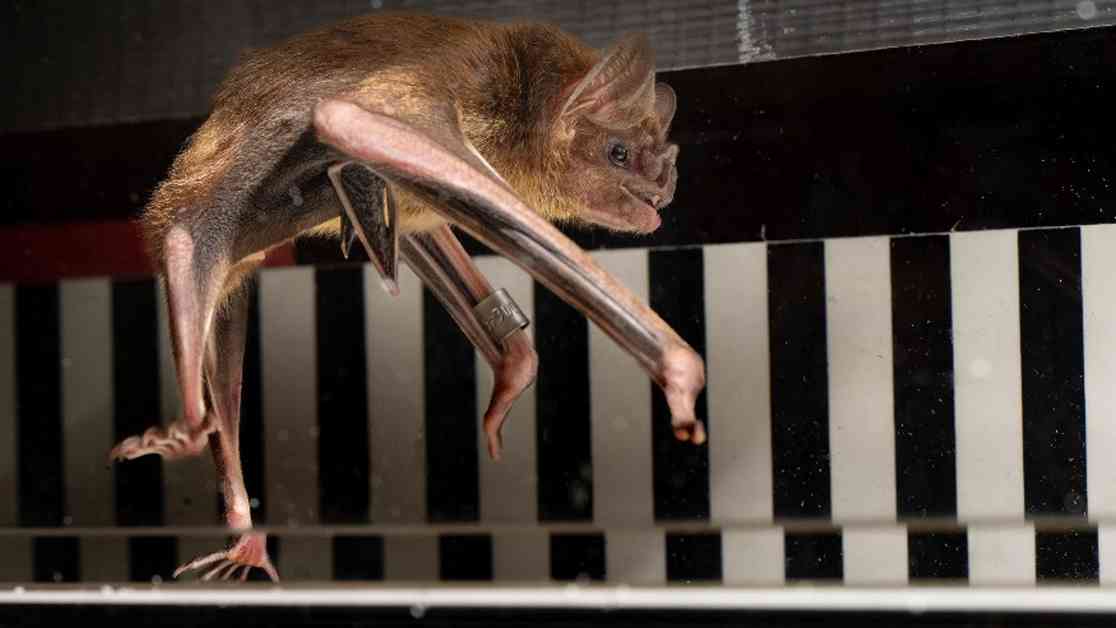Vampire bats have been the subject of a recent study where they were put on a treadmill to understand how they use blood for energy. This study aimed to shed light on the unique way these bats process blood and how fast they can run. The experiment involved capturing twenty-four vampire bats from Belize and feeding them enriched cows’ blood for research purposes.
The footage from the study shows a vampire bat using its wings to sprint along inside a plastic box at speeds of up to 30 meters per minute. These bats are known for their ability to move skillfully on land, which they use to approach sleeping prey such as cattle, pigs, and chickens. By making an incision with their razor-sharp teeth, they feed on the blood of their prey.
Researchers monitored the carbon dioxide the bats exhaled on the treadmill and found traces of amino acids, the building blocks of protein. Interestingly, the ratio of CO2 to oxygen (respiratory exchange ratio) remained constant at all speeds. This indicates that the bats’ main source of energy comes from their protein-rich blood meal, unlike other mammals that rely on stored carbohydrates and fats.
The study highlights how the specialized diet of vampire bats can significantly impact their metabolism. Their diet, which is low in carbohydrates and fats, influences how their bodies process energy. Despite being small creatures, common vampire bats can double their weight after a single blood-sucking feeding session. These bats are nocturnal and use sonar to navigate while detecting prey using heat sensors in their face. Additionally, an anticoagulant in their saliva prevents the blood of their prey from clotting during a meal.
The research conducted by Giulia Rossi at McMaster University and Kenneth Welch from the University of Toronto has been published in the journal Biology Letters. This study provides valuable insights into the metabolic processes of vampire bats and how their diet affects their energy utilization. By studying these fascinating creatures, scientists can better understand the intricate relationship between diet, metabolism, and energy production in different species.










